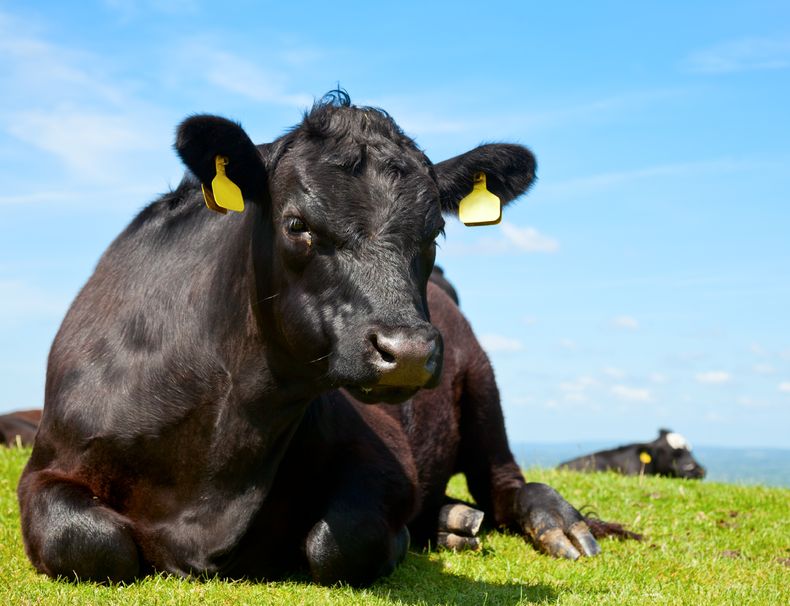
The £1.75 million government-funded Beef Feed Efficiency Programme has widened its data recording network with three new commercial farms in Wales, England and Scotland.
The addition of these units means the project now has capacity for 1,000 cattle places a year.
The farms have had specialist equipment installed allowing them to record feed intake and the performance of growing beef cattle.
The data collected will then be used to generate tools that will enable the genetic selection of cattle based on their feed use efficiency.
Since its launch in 2015, the funded initiative has aimed to demonstrate the ability to measure feed efficiency traits of cattle on specifically equipped commercial farms.
The new farms join an existing unit in Dorset. The data collected from the farms will be used to produce the genetic parameters required for the development of breeding values for traits associated with feed efficiency.
‘Sustainable system’
Natalie Cormack, AHDB Beef Feed Efficiency Programme Delivery Manager, said: “While the project started with Limousin-sired cattle, we are now also recording Aberdeen Angus cattle and are in talks with other breed societies.
“The aim is to establish a sustainable system for recording feed efficiency that can be extended to more cattle breeds in the near future.”
Meiler Jones from Flintshire, Wales, explained why he was keen to get involved with the initiative.
He said: “Monitoring the performance of our cattle has always been a key feature in our system and, with increasing feed costs and tighter margins, it is essential that we’re looking for ways to become more efficient.
“Being involved enables us to gather and use detailed data that is helping us to learn more about how to produce animals in the most efficient way possible.”
Ms Cormack added: “These farms are already well-run beef enterprises so we’re looking forward to welcoming farmers and industry stakeholders on to them to see how the recording system works and gain better understanding of what the project outcomes could offer to the wider industry.”
